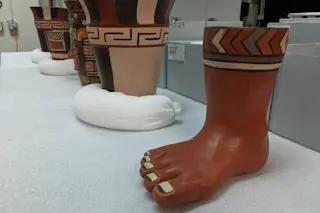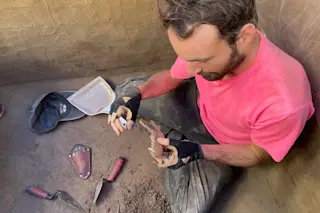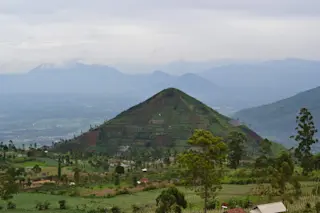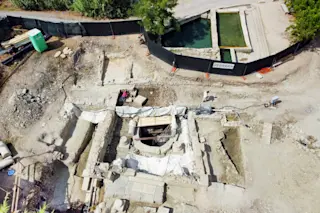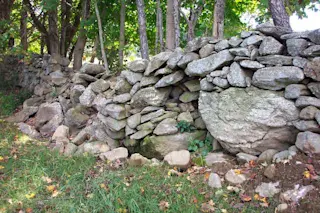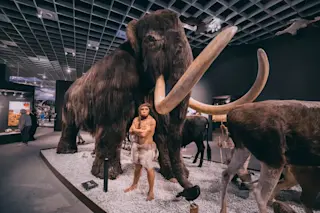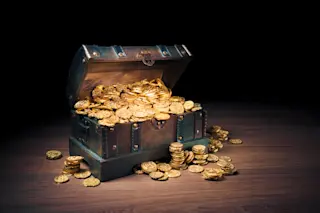Five hundred years before the Incan empire reached its height in South America, a different civilization reigned: the Wari. One of the Wari’s claims to fame is that they were early brewers of a drink called chicha. The fermented beverage was made by the Inca after them and can still found in Peru today. Many variations of the drink have been common across Central and South America for centuries.
New evidence, recently published in the journal Sustainability, suggests this beer relative may have played a role in keeping Wari civilization together. Not only that, but researchers started to figure out their ancient beer recipe — and they’ve re-created it for us to taste.
You’ve probably heard about past civilizations like the Maya, the Inca, and the Aztecs. But the ancient Wari are starting to make their way into public knowledge, too. They reigned for 500 years in an area almost ...


